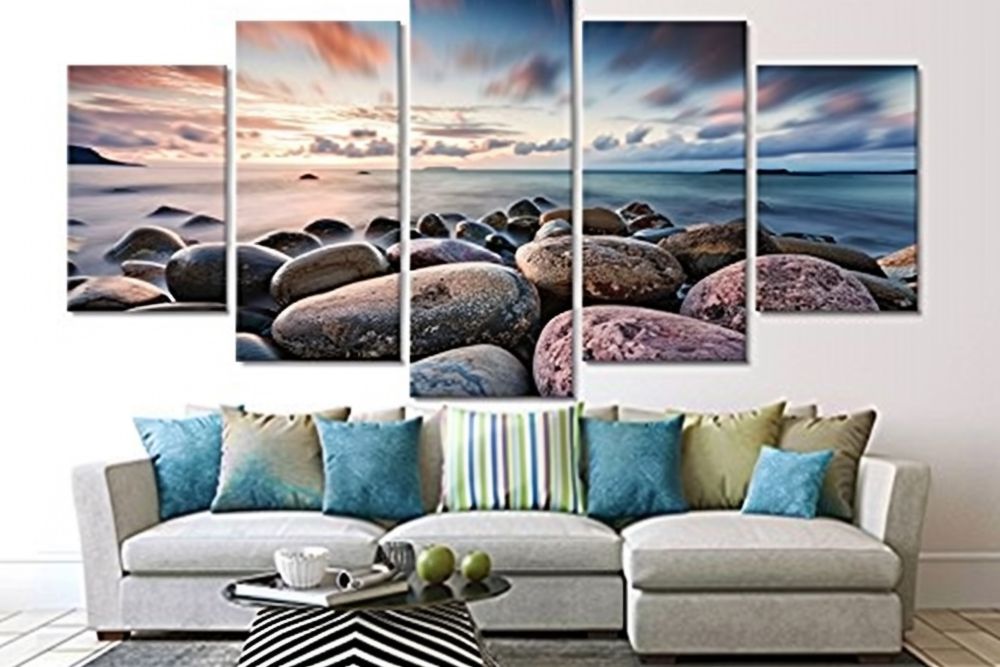Discover the Beauty of Minimalist Sculpture
In a world saturated with complexity, minimalist sculpture offers a refreshing simplicity that speaks volumes through form, space, and material. Stripping away excess, it focuses on purity, balance, and harmony, creating a visual experience that is both profound and serene. Artists who embrace minimalist sculpture for beauty understand that less is often more—where every line, curve, and surface carries intention.
The Elegance of Simple Sculpture
Minimalism in sculpture is not about absence but about presence—how a form interacts with its surroundings and how space itself becomes part of the composition. The elegance of simple sculpture lies in its ability to evoke deep emotions and contemplation with only the bare essentials.
Donald Judd, a pioneer of minimalist art, famously crafted geometric sculptures that rejected traditional ornamentation. His works, often composed of industrial materials like steel, aluminum, or plexiglass, emphasize clean lines and repetition, allowing the viewer to focus on spatial relationships rather than intricate details. The beauty of these pieces comes from their precision and the way they manipulate light, shadow, and perception.
Similarly, Isamu Noguchi blended organic forms with geometric purity, creating sculptures that feel both ancient and futuristic. His smooth, flowing designs highlight how simplicity can carry a quiet power, proving that art doesn’t need complexity to be impactful.
Sculpture with Minimalistic Designs
Minimalist sculpture is not limited to a single material or approach—it thrives in a variety of forms, from stone to metal, wood to acrylic. What defines sculpture with minimalistic designs is not just a lack of ornamentation but an intentional focus on structure, space, and proportion.
One of the key characteristics of minimalist sculpture is its relationship with emptiness. Negative space plays as much of a role as the physical object, often creating an interplay between presence and void. This principle can be seen in the works of Richard Serra, whose massive steel sculptures redefine how we move through space. Their monolithic forms do not depict figures or narratives but instead invite the viewer to experience scale and weight in a deeply personal way.
Even contemporary artists like Anish Kapoor have explored minimalism through reflective and seemingly infinite surfaces. His mirror-like sculptures, such as Cloud Gate in Chicago, dissolve the boundaries between object and environment, reinforcing the idea that simplicity can transform perception.
Explore Minimalist Sculpture Art
The appeal of minimalist sculpture extends beyond galleries and museums—it has found a home in architecture, public spaces, and interior design. Many modern urban landscapes incorporate minimalist sculptures to create moments of stillness and contemplation amid the chaos of daily life.
If you want to explore minimalist sculpture art, start by observing how these pieces interact with their surroundings. Unlike traditional sculptures, which often demand attention through intricate details, minimalist works encourage quiet reflection. Their beauty lies in their restraint, allowing the mind to slow down and appreciate form in its purest state.
Japanese aesthetics, particularly the concept of wabi-sabi—the beauty of imperfection and impermanence—aligns closely with minimalist sculpture. Artists like Tadao Ando, though primarily an architect, create sculptural forms that embrace simplicity, raw materials, and natural light to craft meditative spaces. His concrete structures, shaped by nothing but light and shadow, embody the minimalist ethos at its finest.
The Timeless Appeal of Minimalist Sculpture
Minimalist sculpture is not just a style—it is a philosophy. It challenges both artists and viewers to find meaning in simplicity and to appreciate the subtle interactions between material, form, and space. By removing unnecessary elements, minimalist artists create works that transcend time, remaining relevant regardless of artistic trends.
As the world becomes more visually cluttered, the allure of minimalism grows stronger. Whether in a museum, a city square, or a quiet corner of a home, minimalist sculpture for beauty continues to inspire with its ability to distill art down to its most essential, breathtaking elements.

